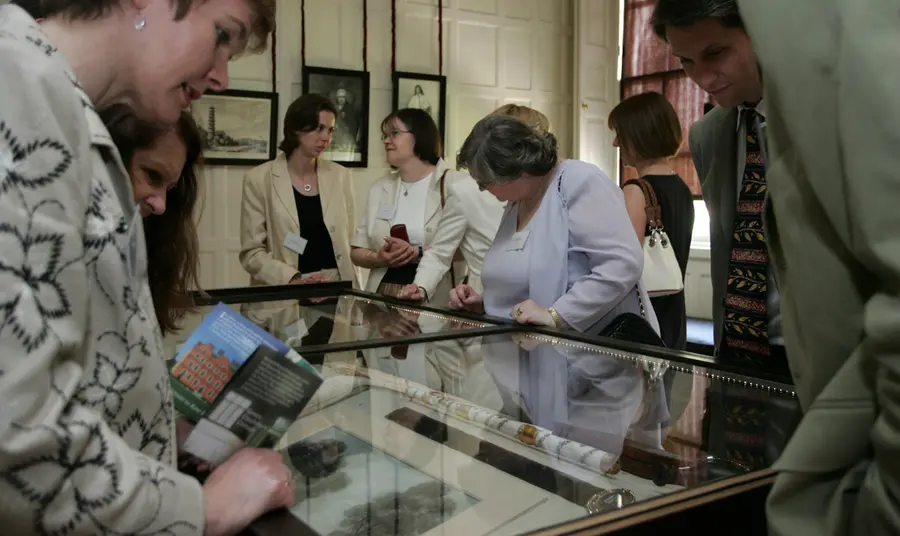
Heritage Grants
Kew Palace was built as a merchant’s house in 1631. It became a royal residence in 1729 and was used by King George III, Queen Charlotte and their children. The Palace is Grade I listed, a Scheduled Ancient Monument, and sits within the World Heritage Site of the Royal Botanic Gardens, Kew.
Improvements to physical access were the final stage of a wider programme of work to conserve and open the palace to the public for the first time since 1996.
Working inclusively to improve access
The aim was to provide full, step-free access without compromising listed building regulations. Historic Royal Palaces established an access panel. Local disabled people toured the building and advised the project team on how to best maximise access.
The panel made suggestions on a variety of issues, including:
- graphics, sound, tactile models and display case design
- a ramp to the main entrance
- a lift to all floors that used the shaft of a former privy, and a lift down to the undercroft where a new learning space was created
As a result of the project, people with mobility impairments gained access to all areas of the palace. Some parts of the building were made accessible to the public for the first time. Members of the project team developed their awareness of the access issues faced by disabled people. Historic Royal Palaces established a successful model for working inclusively with local communities that will be used at other buildings in its care.
More information can be found on the Kew Palace website.